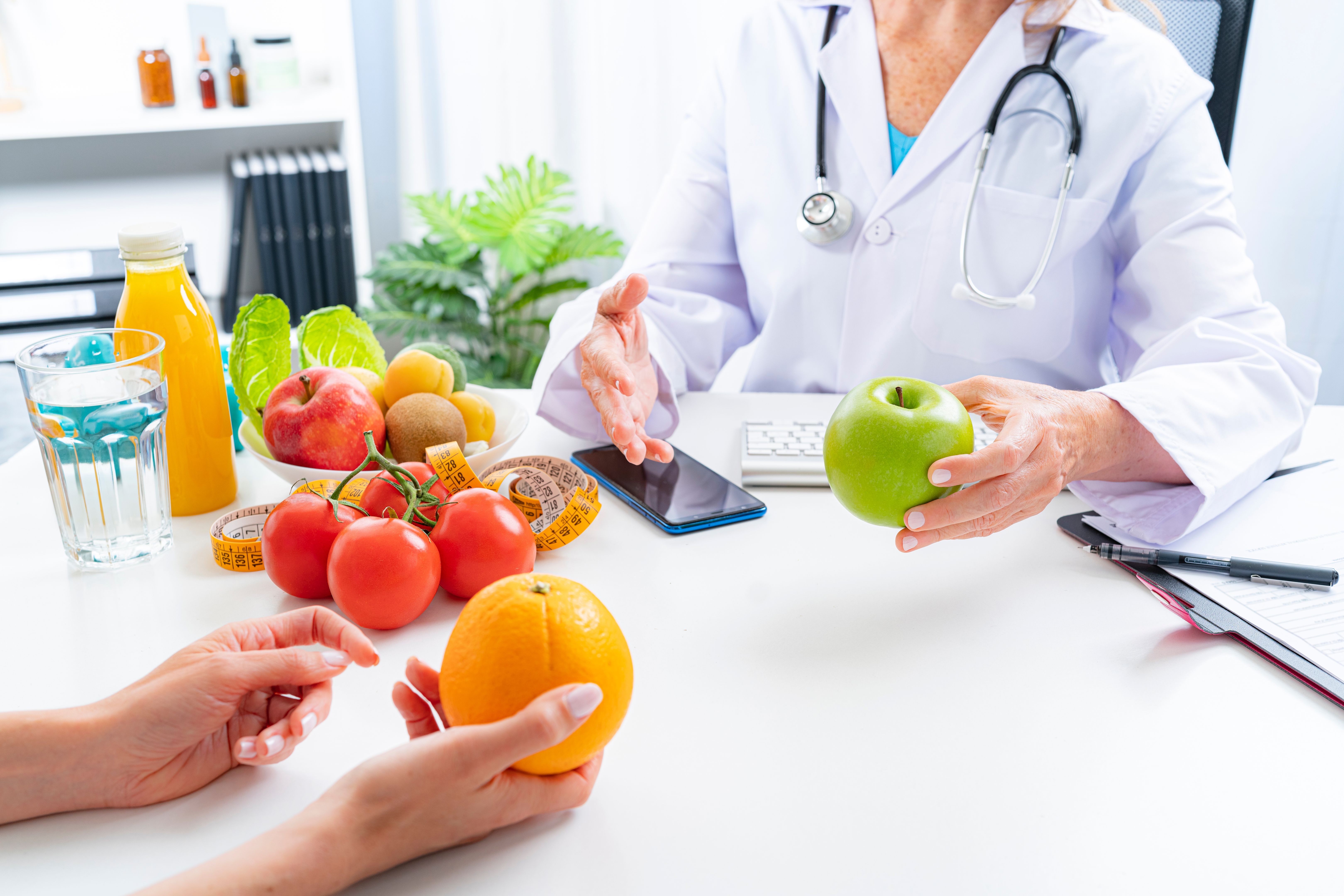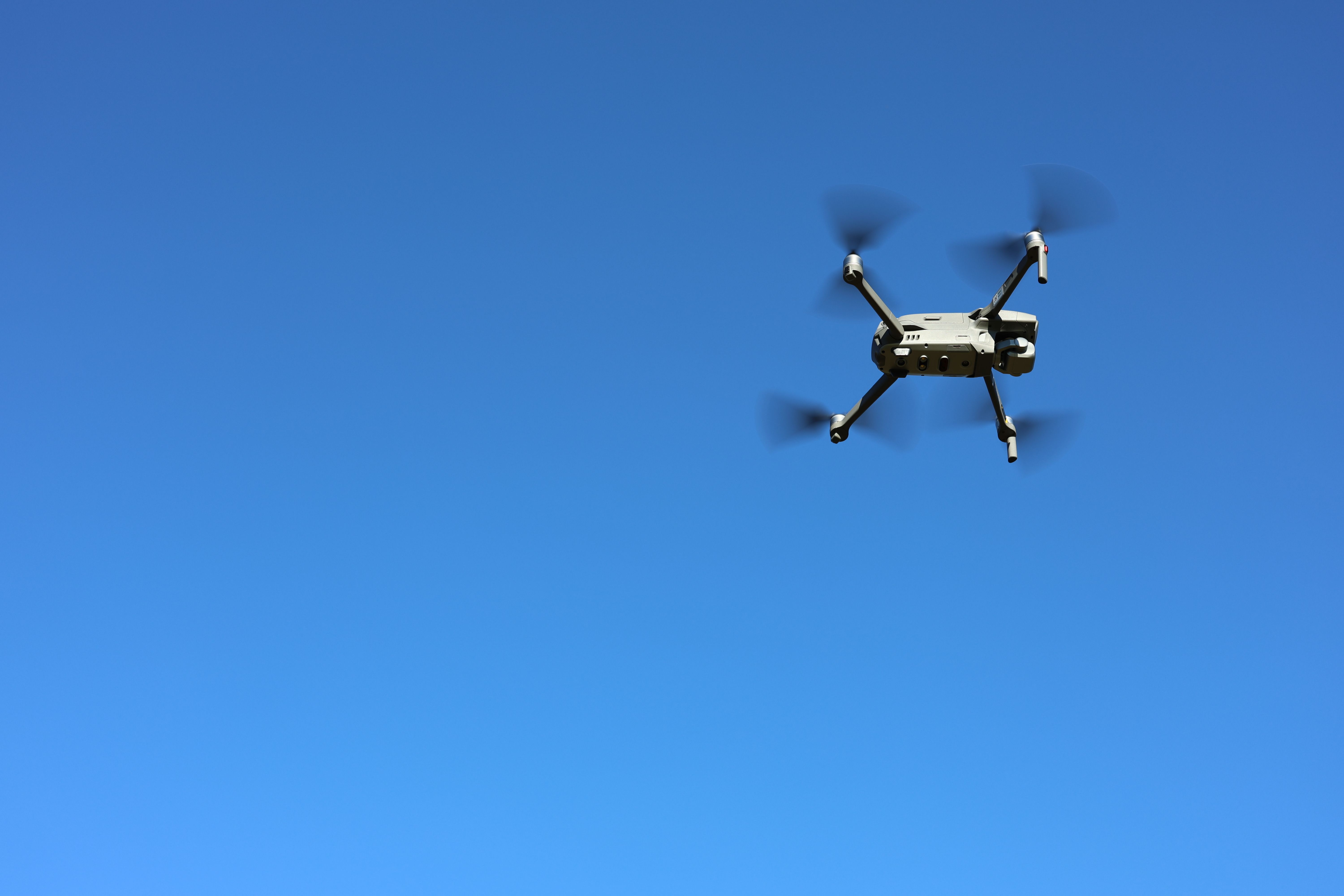Future Innovations in the Food Industry: What to Expect Beyond 2026
Revolutionizing Food Production
The food industry is on the brink of a revolution, with innovations set to transform how we produce and consume food. By 2026 and beyond, advancements in agricultural technology are expected to address some of the most pressing challenges, including sustainability and efficiency. One of the most significant changes will be the shift toward vertical farming. This method allows for crops to be grown in stacked layers, often in urban environments, significantly reducing the carbon footprint and transportation costs associated with traditional farming.
Additionally, precision agriculture, which utilizes data and AI to optimize farming processes, will become more prevalent. This technology enables farmers to monitor crop health in real-time, apply resources more efficiently, and ultimately increase yields while minimizing environmental impact.

Innovations in Food Products
Beyond production, the types of food products we consume are also set to evolve. Plant-based alternatives have already gained traction, but the next frontier is cultivated meat. This innovative approach involves growing meat from animal cells in a lab setting, offering a sustainable and ethical alternative to traditional meat production. Cultivated meat is expected to become more accessible and affordable, making its way into everyday meals.
Furthermore, advancements in food preservation technologies will extend the shelf life of fresh produce. Techniques such as high-pressure processing (HPP) and smart packaging are being developed to reduce food waste and ensure food safety, benefiting both consumers and the environment.

Personalized Nutrition
The future of food also includes personalized nutrition, which tailors diets to individual needs based on genetic, lifestyle, and health data. By 2026, we can expect sophisticated algorithms that analyze this data to recommend specific foods and supplements that optimize health and wellness. Personalized nutrition will help address dietary deficiencies and improve overall health outcomes.
The rise of wearable technology and mobile apps will further support this trend by providing real-time feedback and tracking for dietary habits. This integration of technology into daily life will empower consumers to make informed dietary choices like never before.

Food Delivery and Consumption
The way we obtain and consume food is also poised for change. Automated delivery systems, including drones and autonomous vehicles, are expected to become more mainstream. These innovations promise faster delivery times and reduced human error, enhancing the convenience of food delivery services.
Moreover, the concept of virtual restaurants, which operate exclusively through delivery platforms without a physical dining space, is likely to expand. This model allows for a diverse range of cuisines to be available at the touch of a button, catering to evolving consumer preferences.

Conclusion: Embracing Change
The food industry is entering a period of exciting transformation, driven by technological advancements and changing consumer demands. From sustainable farming practices to personalized nutrition and innovative delivery methods, these developments promise a future with greater efficiency, sustainability, and choice. As we move beyond 2026, embracing these changes will be crucial for businesses and consumers alike to thrive in an ever-evolving food landscape.
